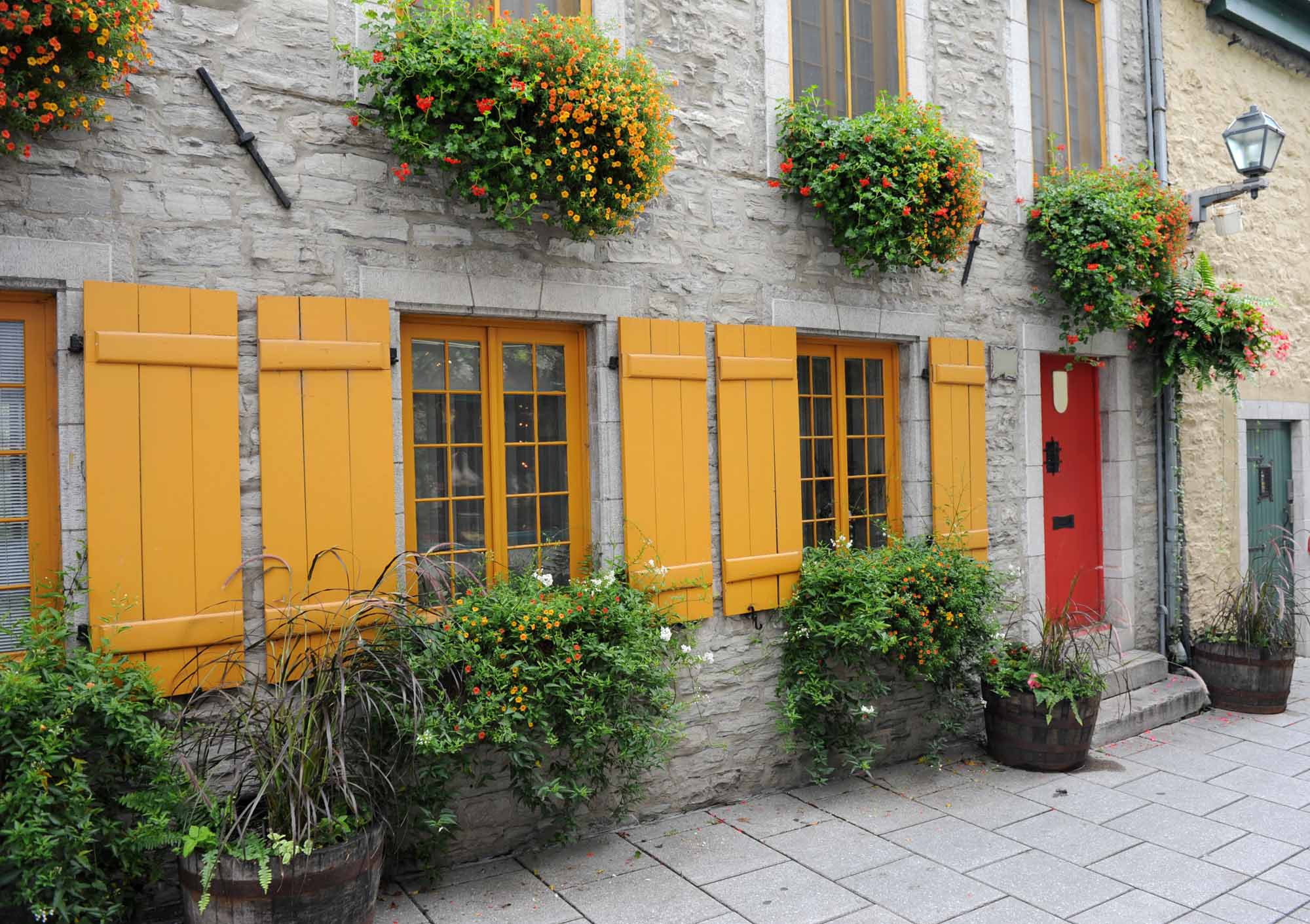The Royal Proclamation of 1763 was issued after the British defeated the French at Québec City in 1759 and Montreal in 1760 (see Battle of the Plains of Abraham and Seven Years’ War). After those defeats, New France (1608-1763) was taken over by the British. The Proclamation brought the new Province of Quebec under British control.
(This article is a plain-language summary of the Royal Proclamation of 1763. If you are interested in reading about this topic in more depth, please see our full-length entry Royal Proclamation of 1763).
Background
The British set-up a military government in Quebec after they defeated the French in Montreal in 1760 (see Seven Years’ War). Three years later, the British Parliament issued the Royal Proclamation. The Proclamation created the Province of Quebec. It gave the British monarch (the king or queen) the power to buy and sell land belonging to Indigenous people. It made sure that the British would have more power than the French. Also, it attempted to assimilate the French. Through assimilation, the British believed the French should lose their language, traditions, and religious beliefs so that they would become like them.
Government and Assimilation
The Royal Proclamation weakened French power in many ways. First, it made sure that all the governors of Quebec would be British. The governors were chosen by the British Parliament. Secondly, it did not allow Catholics to work for the government unless they pledged (promised) to be loyal to Britain. The French were Catholic and most of them did not want to pledge loyalty to the Protestant British. Therefore, the government would be controlled by the British. Thirdly, the Proclamation did not allow the French to use the type of law they used before. The type of law practiced in Quebec would be English law (see Common Law).
New Political Boundaries and the Making of Treaties
The Royal Proclamation made new territories. It created the Province of Quebec and a huge Indigenous reserve. The reserve was located west of the Appalachian mountain range. Settlers were not allowed to buy any of the land belonging to Indigenous people. Only the British monarch (the king or queen) could do this. Many Americans were angry at the British because they wanted this land. It was rich and fertile. Twelve years after the Royal Proclamation was issued, the American Revolution began (see American Revolution – Invasion of Canada). The Royal Proclamation helped to cause it.
When Canada became a nation in 1867 the federal government followed the laws put in place by the British regarding the buying and selling of Indigenous land (see Confederation). Canada negotiated 11 treaties with Indigenous peoples between 1871 and 1921 (see Numbered Treaties). The lands involved in these treaties are in the Prairie provinces, northeastern British Columbia, northwestern Ontario, and the Northwest Territories. The Royal Proclamation is still important. It is often examined when there is a dispute about ownership of land in Canada.

 Share on Facebook
Share on Facebook Share on X
Share on X Share by Email
Share by Email Share on Google Classroom
Share on Google Classroom






